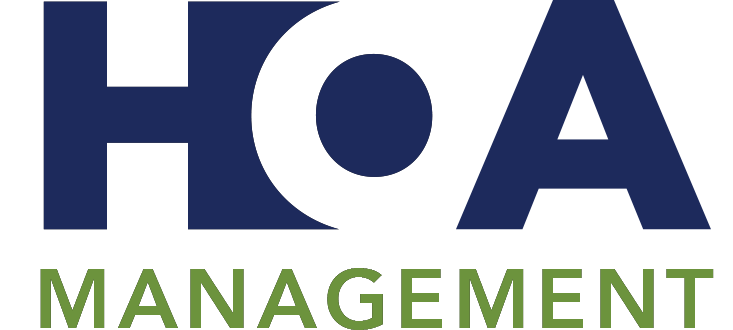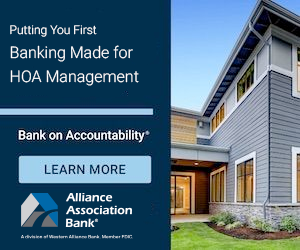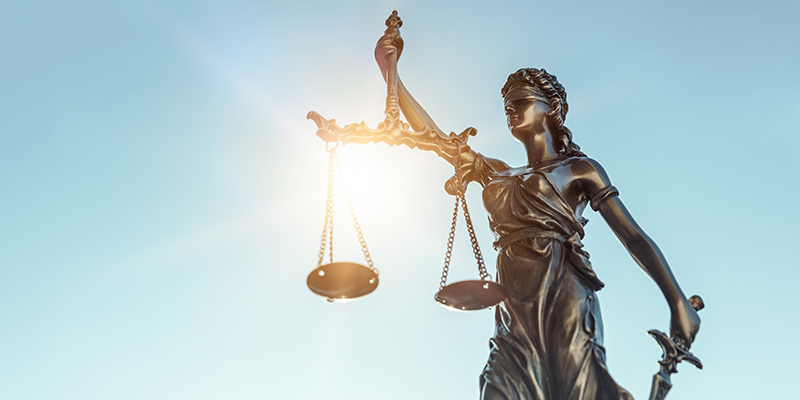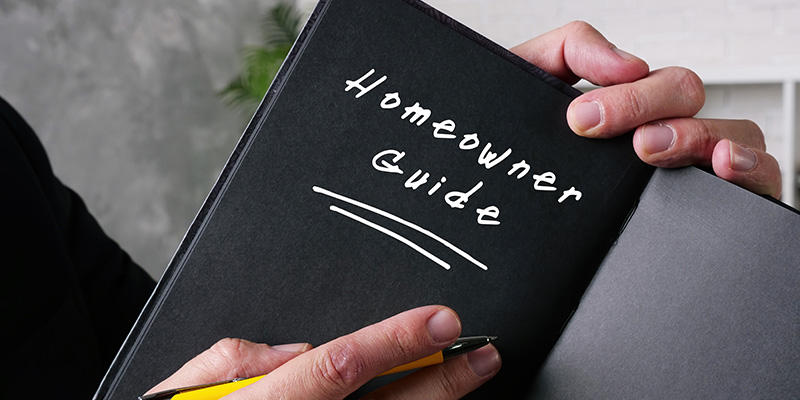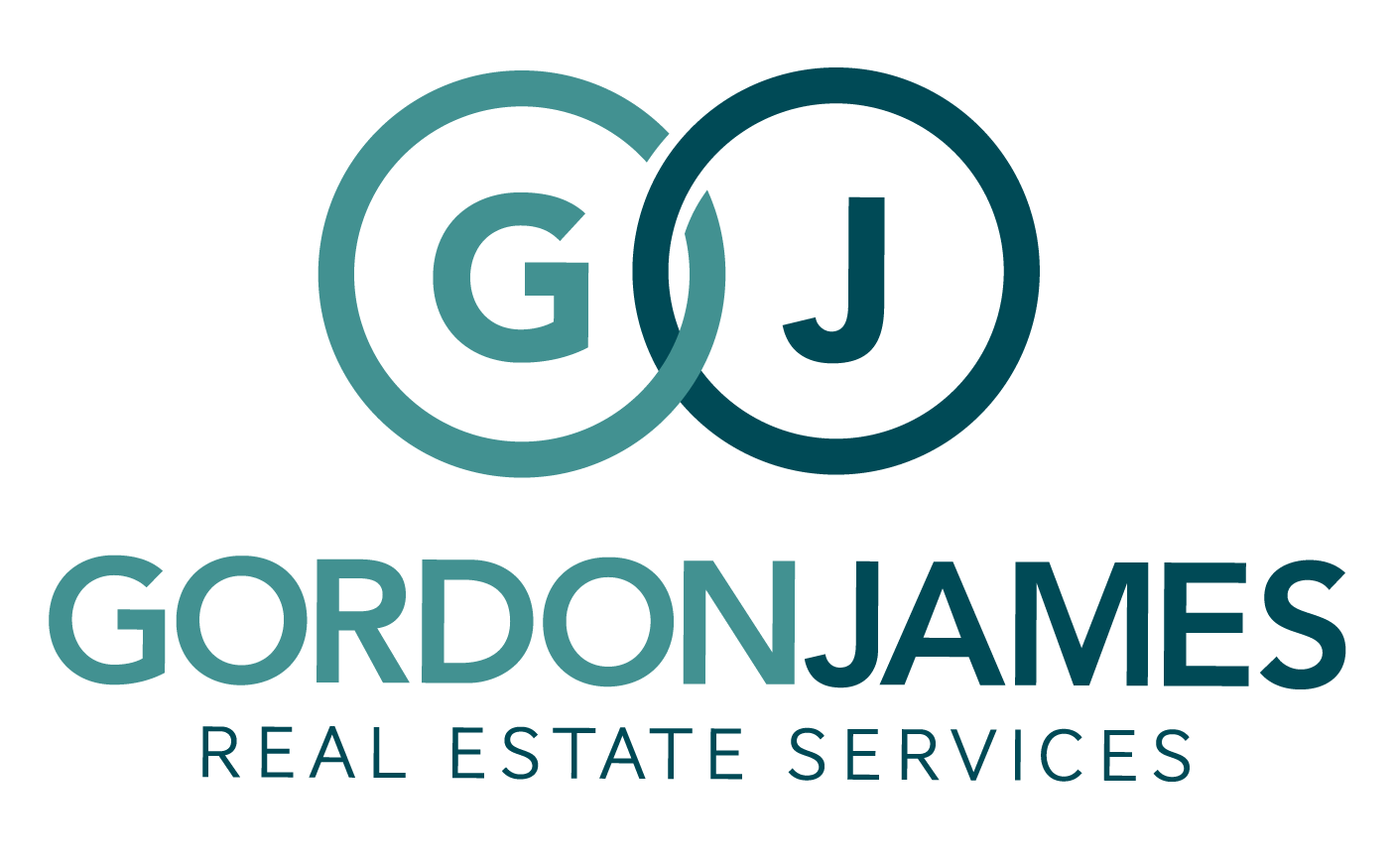Robert’s Rules Of Order For Meetings: What Boards Should Know

Individuals overseeing an organization can greatly enhance their effectiveness by familiarizing themselves with Robert’s Rules of Order for meetings. These guidelines contribute to maintaining a structured and efficient meeting environment, promoting productivity and preventing unnecessary diversions. Some leaders, though, may lack a foundational understanding of these rules.
Browse By Category
Sign up for Our Newsletter
Individuals overseeing an organization can greatly enhance their effectiveness by familiarizing themselves with Robert’s Rules of Order for meetings. These guidelines contribute to maintaining a structured and efficient meeting environment, promoting productivity and preventing unnecessary diversions. Some leaders, though, may lack a foundational understanding of these rules.
Defining Robert’s Rules of Order for Meetings
Robert’s Rules of Order serves as a widely adopted manual for facilitating effective and organized meetings. Its main objective is to offer organizations a comprehensive framework of rules and procedures, ensuring that meetings are conducted fairly and efficiently.
Robert’s Rules of Order for a Business Meeting
Organizations, including homeowners associations, universally embrace Robert’s Rules of Order for their meetings. Regardless of the meeting’s nature, specific essential elements should be incorporated into Robert’s Rules standard procedure.
These include the following:
- Establishing a quorum to ensure an adequate number of participants.
- Appointing a minute-taker responsible for record-keeping.
- Designating a meeting chair or leader.
- Clearly outlining rules defining attendees, participants, and voting criteria.
- Providing advance notice to members, including the meeting’s date, time, and purpose (referred to as the call to the meeting).
How to Apply Robert’s Rules of Order for Meetings
Here is how to use Robert’s Rules standard rule of order.
Establish a Quorum
Before delving into official proceedings, the crucial initial step is the establishment of a quorum. In smaller associations, the president may take a roll call. Meanwhile, larger gatherings might assign an officer or member to oversee attendee sign-ins. The resulting sign-in sheet, serves as tangible evidence of the meeting’s legitimacy with a quorum. It should be attached to the meeting minutes.
Open the Meeting
Robert’s Meeting Rules of Order dictates a formal call to order to officially begin meetings. The president appears before the assembly, proclaiming, “The meeting will come to order.” After that, the primary order of business is to read the minutes from the previous meeting, which the secretary typically handles. The membership can present amendments and corrections before moving on to the core of the meeting.
Motions and Approvals
Members actively propose motions encompassing discussions, actions, or decisions during the meeting. For a motion to progress, it requires a second from another member. The presiding officer then repeats the motion to all members, providing a platform for discussions.
Stringent rules are in place to ensure a fair and organized discussion. The presiding officer must give preference to the following:
- The person who proposed the motion
- A member who hasn’t spoken to the motion
- Members who don’t frequently speak or address the assembly
A vote happens after deliberation, with the results promptly revealed. This formally concludes the current motion and opens the door to new ones.
Postpone, Amend, Commit, Question, and Table
The community is free to engage in comprehensive debates on motions. However, this isn’t the only thing members can do. Members may also perform the following actions:
- Postpone Indefinitely. When a member moves to postpone the motion indefinitely, the intention is to end the discussion. Upon approval, a member may not reintroduce it during the same meeting. However, one may reintroduce it at the next.
- Question the Motion. If a member moves to question the motion, the intention is to move straight to a vote. Upon approval, the president immediately opens the motion to a vote, barring any further discussion.
- Amend. Members can alter motions through amendments, aiming to adjust or enhance the motion under discussion.
- Commit. Members can refer the motion to a committee, compelling the assigned committee to present a detailed motion report at the next meeting.
- Table the Motion. This is a move that temporarily defers the matter for later discussion within the ongoing meeting or in subsequent sessions.
Each of these motions necessitates a second motion for consideration. Additionally, the community must conduct a formal vote to approve these motions and set them into motion.
Close Meetings
Should the meeting be assigned a specific end time, it will continue until the predetermined duration concludes. Alternatively, any member has the authority to suggest a motion to adjourn the meeting without a pre-established endpoint.
The presiding officer must recognize the member presenting the motion, and another member must second it. Upon a second motion, the president conducts a vote among the members to officially adjourn the meeting.
Robert’s Rules of Order Agendas for Meetings
Fundamentally, the agenda serves as a thorough catalog of tasks slated for discussion during the meeting. The process of crafting an agenda strategically outlines how the organization intends to tackle each business item. Typically, agenda items follow an order of significance.
Adhering to Roberts Rules for meetings, organizations are encouraged to methodically address individual agenda items. This approach promotes concentration, discourages veering off-topic, and efficiently allocates time for members to focus on distinct thoughts and ideas. The creation of an agenda holds significant importance in upholding the Robert’s Rules of Order meeting structure.
Here’s what to include in a Robert’s Rules of Order meeting agenda.
1. Call to Order
The president commences the meeting by conducting a roll call to confirm the presence of a quorum. Subsequently, they formally declare the meeting open, adhering to the established order of business.
2. Previous Meeting’s Minutes
The community collectively reads aloud the minutes from the preceding meeting. Members then endorse the minutes, acknowledging their accuracy. This is the guideline according to Robert’s Rules of Order minutes.
3. Committee and Officer Reports
Officers and standing committees present pertinent reports to the membership. Any special committees may subsequently share their reports (if any).
4. Special Orders
If the previous meeting designated certain items as special orders, they take precedence at the current meeting. This means they take place before Unfinished Business.
5. Unfinished Business
Any motions still under consideration from the prior meeting are discussed under Unfinished Business.
6. New Business
Members introduce new issues and motions relevant to the ongoing meeting.
7. Adjournment
The organization concludes the meeting after addressing all agenda items.
Professional Assistance
Adhering to Robert’s Rules of Order for meetings may pose challenges, particularly for an inexperienced HOA board. However, mastering the guidelines is entirely achievable. Additionally, board members can also seek assistance from an HOA management company.
Up Next:
- How To Run A Meeting According To Robert’s Rules Of Order
- A Guide To Robert’s Rules Of Order Make A Motion
- Understanding Robert’s Rules Of Order On Debates
Trending Now
Related Article
Sign up for Our Monthly Newsletter
Sign up below for monthly updates on all HOA Resource

